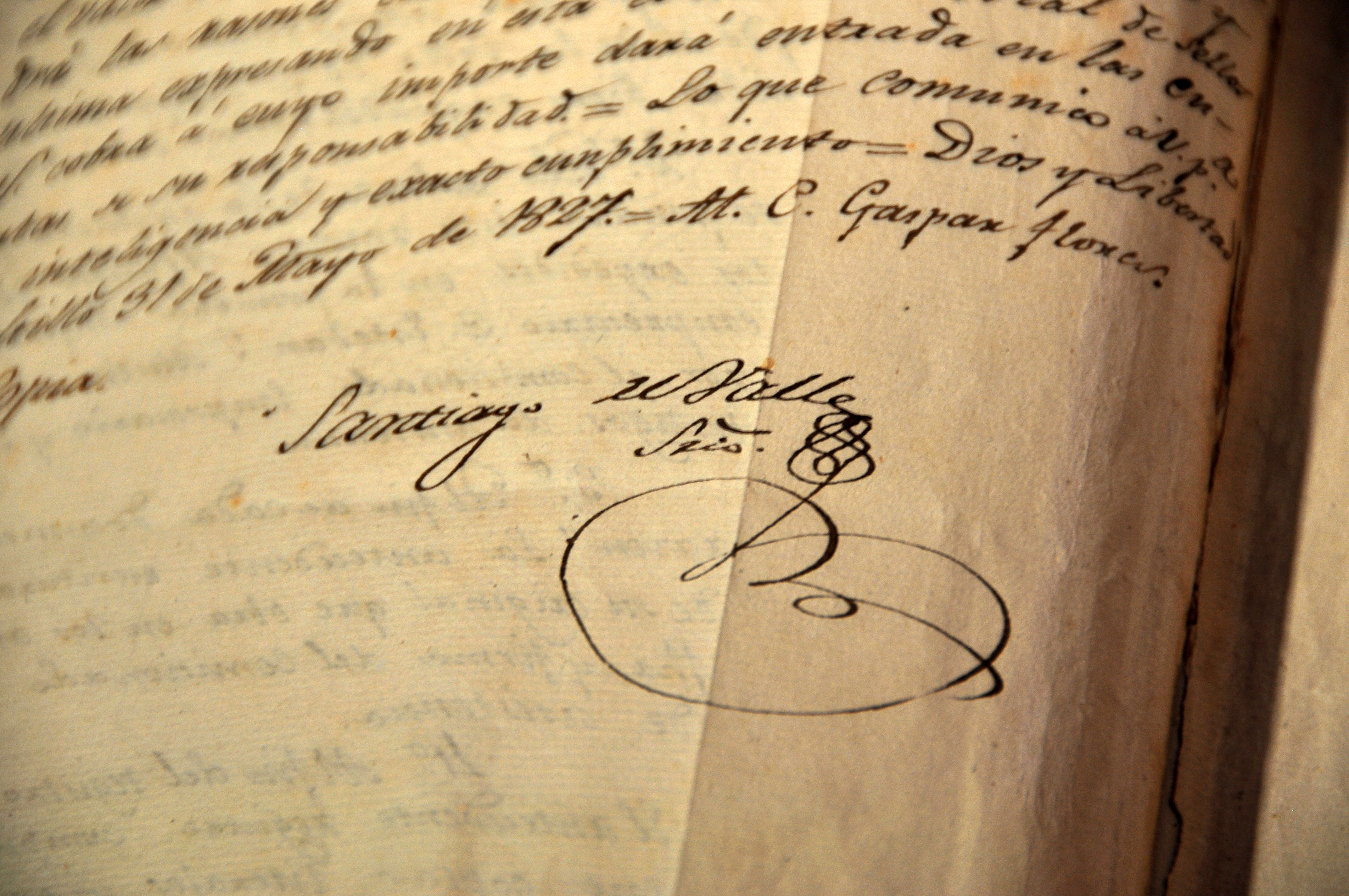County/Region:
Cameron
Project Partner/Recipient:
Village of Surfside Beach
Summary:
County/Region:
Galveston
Project Partner/Recipient:
The Conservation Fund
Summary:
County/Region:
Calhoun
Project Partner/Recipient:
Calhoun County
Summary:
Calhoun County developed an access master plan that includes strategies and recommendations for improving existing access points and for increasing low-impact, low-cost bay access.
County/Region:
Cameron
Project Partner/Recipient:
Cameron County
Summary:
Cameron County will include the construction of (1) an ADA compliant dune walkover that would allow proper access from the parking lot to the beach¬, (2) an ADA-compliant sidewalk, and (3) a parking lot with permeable paving system.
County/Region:
Cameron
Project Partner/Recipient:
General Land Office
Summary:
County/Region:
Cameron
Project Partner/Recipient:
Cameron County
Summary:
County/Region:
Cameron
Project Partner/Recipient:
Cameron County
Summary:
Cameron County begin the development of a Cameron County Erosion Response Plan to be attached as an Amendment to the existing Beach Access and Dune Protection Plan.
County/Region:
Cameron
Project Partner/Recipient:
Cameron County
Summary:
Cameron County constructed an ADA compliant dune walkover and installed interpretative signage at Cameron County Beach Access #4.
County/Region:
Project Partner/Recipient:
LJA Engineering
Summary:
County/Region:
Kleberg
Project Partner/Recipient:
Kleberg County Parks & Recreation Department
Summary:
Kleberg County Parks & Recreation Department installed 25 additional recreational pull throughs that consist of concrete utility pads with electrical and water/sewage hookups.
County/Region:
Galveston
Project Partner/Recipient:
City of Galveston
Summary:
This project initiated the first of many nourishment projects focused on the beaches of the west end of Galveston Island. The footprint is approximately 9,500 linear feet of beachfront being nourished with dredge material from the Houston Ship Channel.
County/Region:
Galveston
Project Partner/Recipient:
Galveston County
Summary:
Galveston County established a monitoring program for a beach nourishment project and removed hazardous and derelict structures from the beach.
County/Region:
Galveston
Project Partner/Recipient:
Texas General Land Office
Summary:
This project completed design and construction to use more than 100,000 cubic yards of beach quality sand to increase beach width and revitalize the beach/dune system.
County/Region:
Galveston
Project Partner/Recipient:
Texas General Land Office
Summary:
This project completed design and construction to reconstruct portions of the beach/dune system using dune restoration, combined with beach nourishment.
County/Region:
Cameron
Project Partner/Recipient:
Valley Proud Environmental Council
Summary:
Valley Proud Environmental Council continued the "Captain Clean Crab" media campaign to inform local residents of the litter laws that are in existence pertaining to the beaches and the penalties for littering.
County/Region:
Lower Coast
Project Partner/Recipient:
Valley Proud Environmental Council
Summary:
Valley Proud Environmental Council continued the educational media program The Captain Crab project, which utilizes all forms of media, including paid TV, radio, and newsprint ads.
County/Region:
Cameron
Project Partner/Recipient:
Valley Proud Environmental Council
Summary:
Valley Proud Environmental Council used assorted media techniques in English and Spanish to get the anti littering message to over 750,000 residents in the Rio Grande Valley and Northern Mexico and the many visitors who frequent the beaches.
County/Region:
Lower Coast
Project Partner/Recipient:
Valley Proud Environmental Council
Summary:
Valley Proud Environmental Council continued the Captain Clean Crab Clean Beach Media and Education Campaign and added the Winter Texan Beach Cleanup.
County/Region:
Cameron
Project Partner/Recipient:
Valley Proud Environmental Council
Summary:
Valley Proud Environmental Council expanded the Captain Clean Crab education campaign by helping fourth grade students of the Lower Rio Grande Valley understand the effects of beach litter.
County/Region:
Lower Coast
Project Partner/Recipient:
Valley Proud Environmental Council
Summary:
Valley Proud Environmental Council continued the very effective media campaign "Captain Clean Crab", including TV, radio, newspaper, billboards, bumper stickers, placement boards, flyers, and posters produced in English and Spanish..








